
How To Grow Tomatoes: Your Full Guide
Published: 27/03/2023 | Updated: 10/09/2023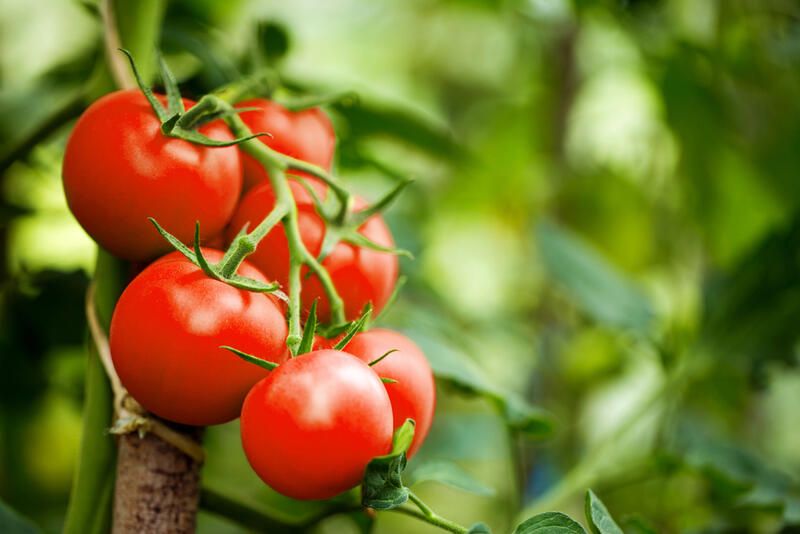
If you have a vegetable garden or generally love to grow food, then you should seriously consider growing tomatoes, as they are some of the most rewarding edible plants to grow!


On the aesthetical level, tomatoes, in all their lovely varieties, add a lot of color and texture to your garden that's impossible to resist.
And practically, tomato plants can be one of the most useful vegetables in your garden. Think of how many dishes have tomatoes as an essential ingredient! Pasta, salads, snacks... all of which would be way tastier with fresh ripe tomatoes!
The best reason, though, is that, compared to the high reward, growing tomatoes isn't that difficult or a lot of work.
Everything that you possibly need to know to start planting tomatoes right ahead is here in this guide!
Everything You Need To Know About Tomatoes Before Planting Them
To successfully grow tomatoes, you first have to understand the tomato plants before you dig into the steps.
This way, you make sure there are no (unpleasant) surprises and you get successful harvests!
Different Types of Tomato Plants
Tomato plants are relatively complex. Alongside history, they have mutated and changed and tomato types essentially fall into different categories now.
Two main types encompass the multiple varieties of tomatoes.
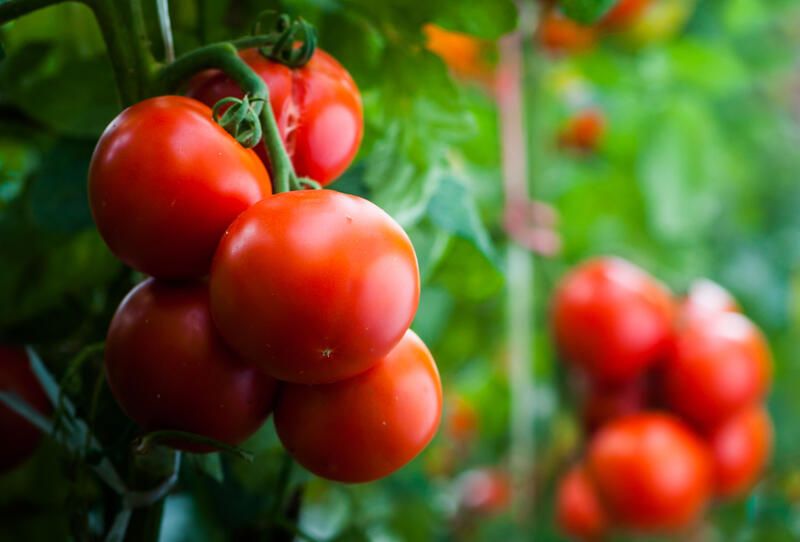
Indeterminate Tomatoes
Indeterminate tomatoes are tomato plants that continue to grow and produce fruit through the entire growing season. They are often referred to as vining tomatoes for this reason!
Determinate Tomatoes
Determinate tomatoes work the other way around. They are tomato varieties that grow to a set mature size and produce nearly all of their fruit in a very short period.
Once the fruit has ripened, the plant starts to diminish. They are often called bush tomatoes for this reason.
What Tomato Needs to Grow
The most essential part of answering the question of how to grow tomatoes is understanding the needs of tomato plants.
They are rather particular needs, and not meeting their results in a bad harvest and diseases.
Growing Season
Depending on the weather conditions, tomato varieties, and other factors, there is a bit of take and give of the growing season.
Some tomato plants like cherry tomatoes grow in early summer, for example. But generally speaking, mid-summer is when tomato plants start to grow in earnest.
Soil
When it comes to soil, tomato plants are sensitive to soil moist, and neutral or non-acidic soil. The soil moisture should be kept at a minimum for a good harvest, so well drainage is a must.
Too much nitrogen in the soil lessens fruit production, even if it results in extra lush foliage, so you'll want to avoid high-nitrogen fertilizers.
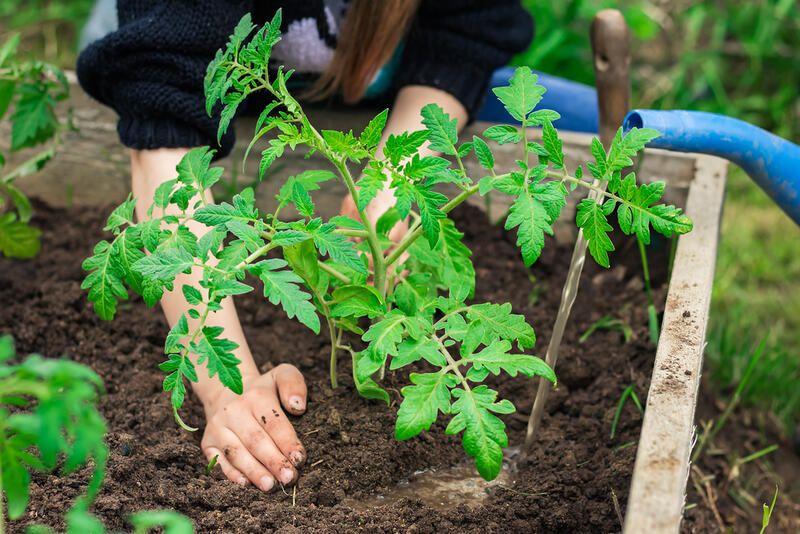
Water
We touched on soil moisture, so you already can guess that tomato plants don't need a lot of water. Too much water can result in split fruit and rot. Overwatering is definitely, but so is underwatering.
As a general rule of thumb, tomato plants in your garden soil need around 1-2 inches deep of water a week, while container tomatoes need a bit more. That means frequent watering, with small amounts of water every time.
Sunlight
Tomato plants love the sun like nothing else! They need at least six hours of direct sunlight a day. But the more direct sunlight, then the sweater, and the better the fruit!
Eight hours a day is ideal. If you don't live in an area with very sunny summers, then tomatoes might not the best choice for you. But otherwise, just make sure there is little to no shade over your tomato plant.
But don't let this deceive you! As much as they love the sun, tomato plants don't actually have much tolerance for very hot weather.
If that's the case with your area, then a shade cloth can be beneficial. Organic mulch helps cool down the soil and protect the root from dying in the extreme heat.
Differences Between Growing Tomatoes From Seed or Young Tomato Plants
There is ultimately no "right" or better option between the two. Whether you choose to grow tomatoes from seed or purchase young plants from your local garden center, it's not a determinant of what your harvest will be like.
Each option has its advantages and disadvantages and it all depends on what works best for you!
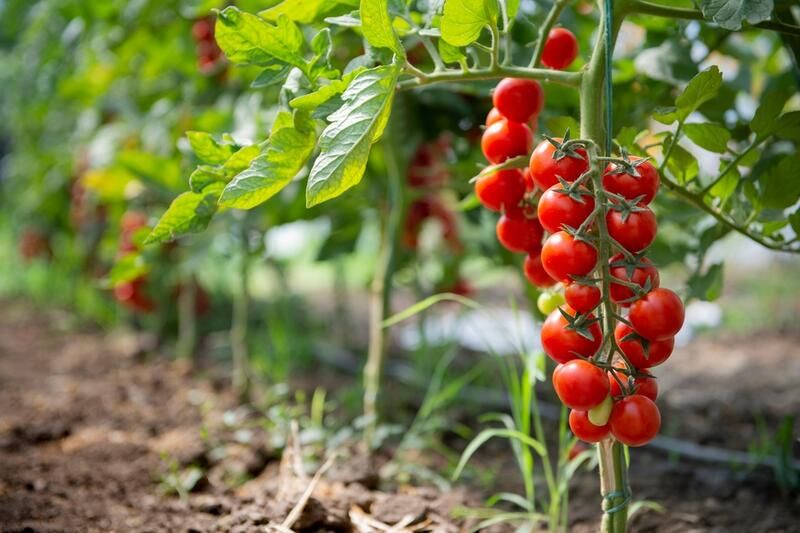
Tomato Seedlings:
The best thing about starting tomatoes with seedlings is how unlimited you would be with your choice of varieties. You can experiment with many tomato plants, try new ones every summer, and generally have fun with them.
The one disadvantage though, other than some of these experimentations not having good results, as not all varieties work with all climates and all areas, is that it takes longer and slightly more effort to start with seeds.
They need to be started indoors before their season of growth, around late spring or early summer, for around six to eight weeks before you move them outside.
Tomato Young Plants:
A young tomato plant is more ready and takes less time to bear fruit, but you'll be limited in varieties to what your local garden center or nursery has available.
Young plants will still need a hardening-off period just the same, but you won't have to move and remove them as much.
How to Grow Tomatoes Step By Step Steps
Now that you have basic knowledge of the tomato plant, its needs, and its types, we can go straight to the how to grow tomatoes stage!
This guide prepares you to grow tomatoes either from tomato seeds or from young plants.
Have Your Tomato Planting Kit At Hand
Before you start planting your tomato plant or seeds, you need to prepare yourself and get the supplies you will need at hand.
We'll call it the how to grow tomatoes kit. It's made up of tomato seeds, of course, potting mix, starting potting soil, the tray of your choice, containers, and a watering can or spray bottle.
Once you have them all with you, you're ready to jump to the next step of how to grow tomatoes.
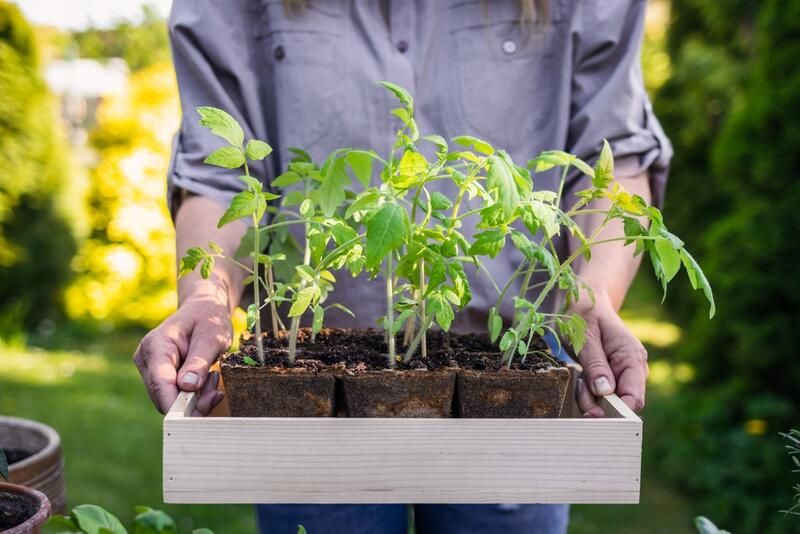
Sterilize Your Starting Soil
Before sterilization, let's get the timing right first! As the perfect time to transplant tomatoes is a few weeks after the last frost date, you'll need to start growing your seeds inside a few weeks before the last frost date to give yourself a little wiggle room.
That date changes from one area to the other, so make sure you get it right for yours.
Once that's done, you can get to sterilizing your potting soil.
You start by filling your tray cells with the potting soil. Make sure to gently tap the tray a few times to make sure there are no air pockets inside. And don't compact the cells too much as loose potting soil leaves a place for the roots to spread comfortably.
Sow Seeds
Then take out a few sees, just a handful, and place them in the potting soil. Since it can happen that some seeds don't germinate, put two or three seeds per cell. Make sure to leave enough distance between one and the other.
Then sprinkle some of the starting potting mix on top, enough to cover them.
Take Care of Their Germentation Needs
It's better to use a spray can in this early period rather than a watering can. You'll want to water them carefully and gently. A few squirts per cell.
Then take the trays somewhere warm and humid. Their first home! They don't really need sunlight at this stage, but they need heat.
You can achieve that with a heating mat, or just placing them near a window with adequate sunlight to warm them.
You might need to cover them with plastic wraps if you don't have sufficient space with enough humidity. At this stage, check the trays a couple of times a day and water only when the potting soil is dry.
Meet the Day-to-Day Needs
After a week or two in the potting soil in those conditions, germination will happen and your seeds will sprout. At this stage, it's time to provide light.
It doesn't have to be the full sun now, you can get a starting light and place it above your little tomato plant sprouts.
A young tomato plant at this stage needs constant and daily care. You'll have to water them one or two times a day, still with a spray can until they grow more and make sure they don't suffocate in the heat.
For air circulation and a strong root system, you might want to fan them a little every day.
If more than one seed sprouts and grows in every cell, you'll want to protect the strongest ones from entanglement, stunted leaf growth, and tight space by cutting off the others.
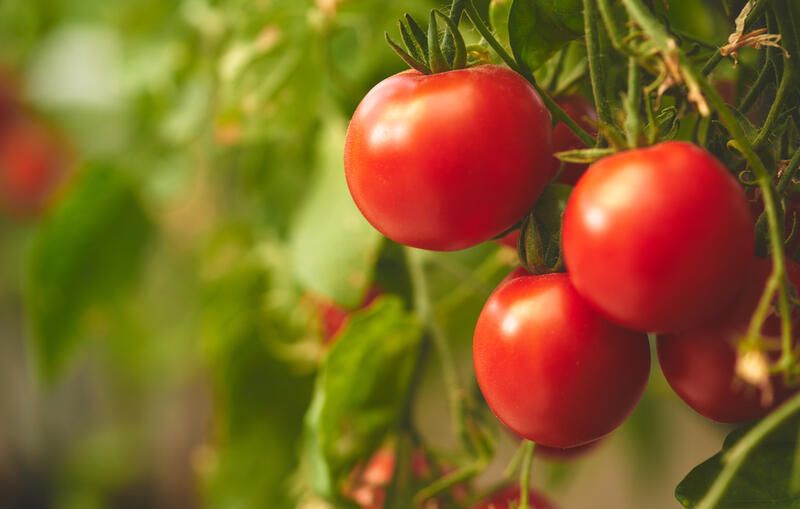
Repot The Plants And Move them to Garden Beds
Once your young tomato plant is big enough with a few sets of leaves, it's time for the next step of how to grow tomatoes.
You can move your plants to plastic cups, plastic pots, or your garden soil directly. It depends on how strong they are and how easy you want to make the transition.
Gently remove them one at a time without damaging the roots. Then bury the stems more deeply in their new containers. A deeply buried stem of a tomato plant is very advantageous.
If they aren't ready to be transported into the garden soil yet, then return them to their previous place in their new plastic pots and make sure they still get enough light and water.
In that case, your plants will soon need their hardening-off period. This stage means preparing your young tomatoes for real life! You want to make them more resilient to weather conditions with sturdy stems and luscious leaves.
You do that by increasing sun exposure and taking them outside for a little while every couple of days. The frequency of outings, time spent outside, and time of full sun exposure should increase gradually.
Don't fertilize them and water them only when the soil is getting dry, much less than before.
After one or two weeks of hardening, they will be ready for their permanent life in container gardens.
Garden Care
Take the buried stem of the tomato plant out of the plastic pot and into the garden soil. Raised beds are the best for tomatoes if that's a possibility!
The planting hole should be only a little bigger than their plastic pots. Turn the plant sideways for the entire plant to slide out smoothly without harming the root ball.
Plant them deeply, up until their stem leaves, for a strong root system. A tomato plant stem leaves can become roots, so this is the preferable way to bury them in soil.
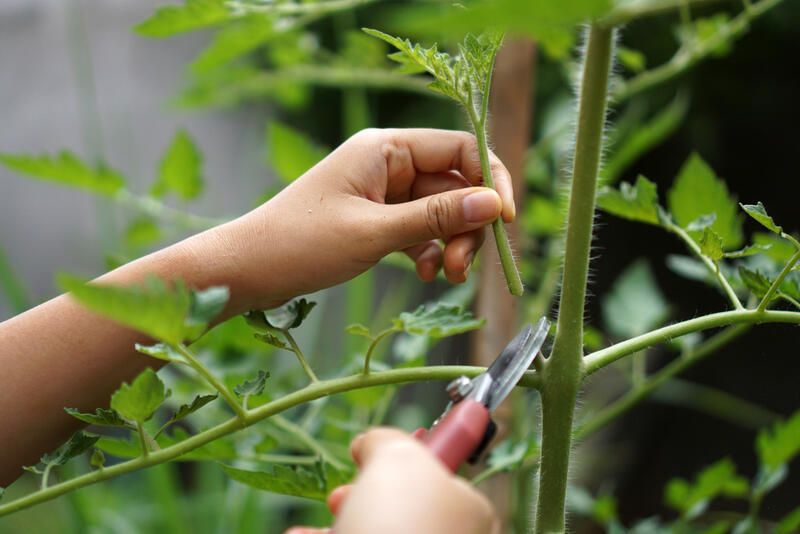
Harvest and Store Tomatoes
The best step! The best time for harvesting tomatoes depends on different factors, varying by the type of tomato plant you sowed. Generally speaking, the deep red color will you its time to harvest your ripe tomatoes.
But you could also rely on other signs. For example, counting the weeks/days. Fast-growing varieties like cherry tomatoes take eight weeks post-transplanting to reach ripe maturity. Other types of tomatoes tend to take 12 weeks.
Even if one tomato plant doesn't look ready yet, you can still harvest it and let it ripen more on vines in your kitchen. That's especially the case if the frost is setting soon as it could damage the fruit.
The only time this doesn't apply is with green tomatoes. Green tomatoes need more time before they can become ripe tomatoes.
After harvesting, the best way to store the tomatoes' excess is to turn them into the sauce and store them in the freezer.
Other Tips for Growing Tomatoes
You now know enough about growing tomatoes to start right ahead. However, some tips can make you a master at growing tomatoes!
Buy The Right Variety For You
If you're starting with seeds, it's a lot of fun to experiment with different varieties. But you still need to pick varieties that can thrive in your climate. That's not the only criterion.
You should also pick the tomato plant that is best suitable for your household so you can make the most of your harvest.
Think of what type you most often run to the store or farmer's market to pick. Whether cherry tomatoes for your salad or old-fashioned tomatoes for pasta sauce, this type of tomato plant is the one you want to plant in your garden!
Fertilize Often
For sweet and rich fruit, as well as luscious foliage, you want to keep your tomato plant well-fed. Fertilize the soil often enough. Just make sure the nitrogen level is controlled.
A dilute fish emulsion or bone meal, for example, can help a lot. Just be careful not to overfeed.
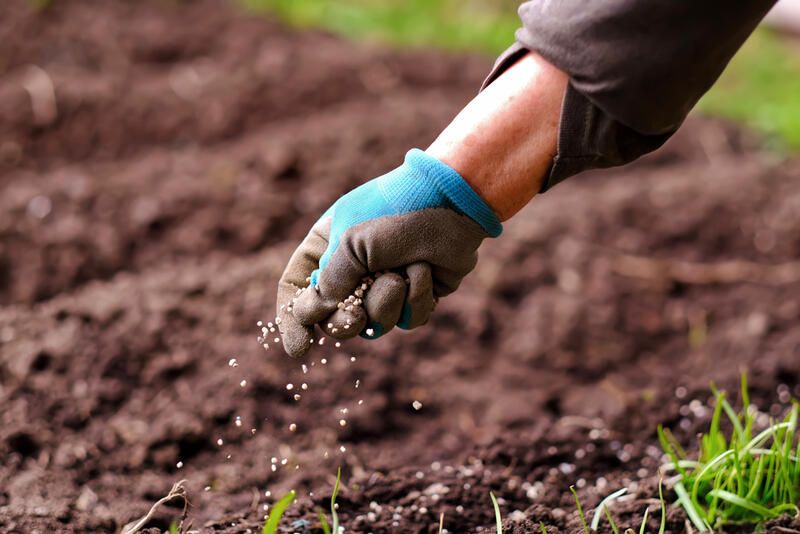
Stake Them
Staking will protect the branches from tomatoes growing too heavy and breaking them, Which can often happen. The extra support of stakes will prevent this from happening.
Prune Regularly
Pruning frequency depends from one type to the other. But generally speaking, keep an eye on your tomatoes and always prune them when needed, as that will promote stronger and healthier growth.
Potential Tomato Problems and How to Deal With Them
As wonderful as it is to grow your tomatoes, it doesn't come without its fair share of problems. Not unlike any other plant!
Those problems are easy to deal with if you know beforehand.
Suckers
Suckers are branches that grow between the stem and main branches. They "suck" the nutrients of the whole plant, leaving the entire plant to produce more fruit, but significantly smaller.
Check for them often and pinch them off.
Blossom End Rot
Blossom end rot occurs when the humidity level isn't what the tomato plants require.
If your climate isn't as humid as it needs to be, then mist the plants. If it's higher than they can tolerate, and you aren't planting them in a greenhouse, then you'll have to go for extreme humidity-tolerant varieties.
Calcium deficiency is another cause of this rot. To prevent it, treat the plants with calcium-full fertilizers.
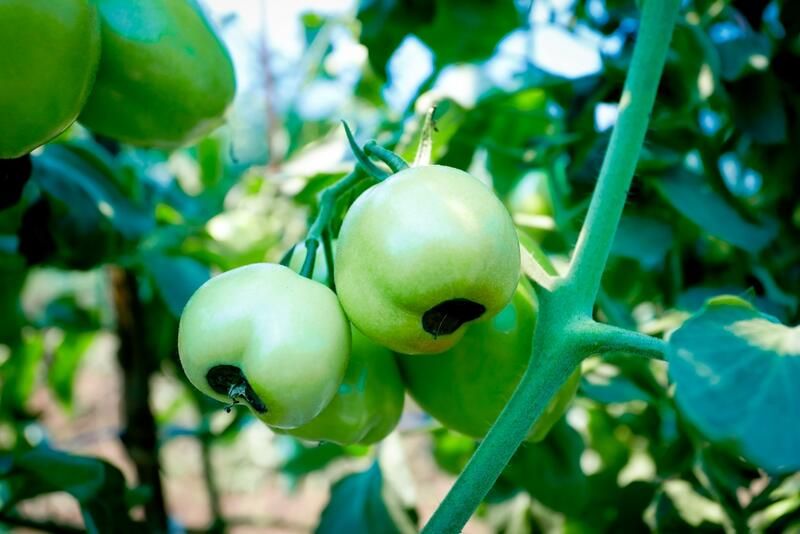
Birds
Tomatoes are our favorite plants. Unfortunately, they are also birds' favorite plants.
To protect your tomatoes from birds, you can repel them by using red ornaments around your tomato cages, and by covering them with drape nettings.
Slugs and Hornworms
Slugs and hornworms can eat the leaves of your tomato plants and kill them.
A fun way to repel them away is by getting a chicken or a duck, which enjoys eating slugs.
If you don't want to take care of those animals, though, you can use cardboard around your stems when the plants are still young. The hard texture will make it difficult to impossible for slugs to penetrate.
Fungal Diseases
Fungal diseases in tomatoes mostly arise from poor drainage and soil moisture. To prevent that, you just need to make sure you don't overwater the plants and have drainage holes to protect the soil.
Now you can expect a bumper crop and delicious additions to your kitchen! Growing your own tomatoes in your garden is a lovely commitment that will bring you a lot of joy.
But it's best to not take any new commitments with your outdoors before renovating if you're considering full renovations shortly. Which you should! Because shrubhub.com is offering a 70% discount on all our design services!
Our services include a full 3D display of what your new outdoors will look like with all the new designs! The offer is available for a limited time. You can sign up here!


